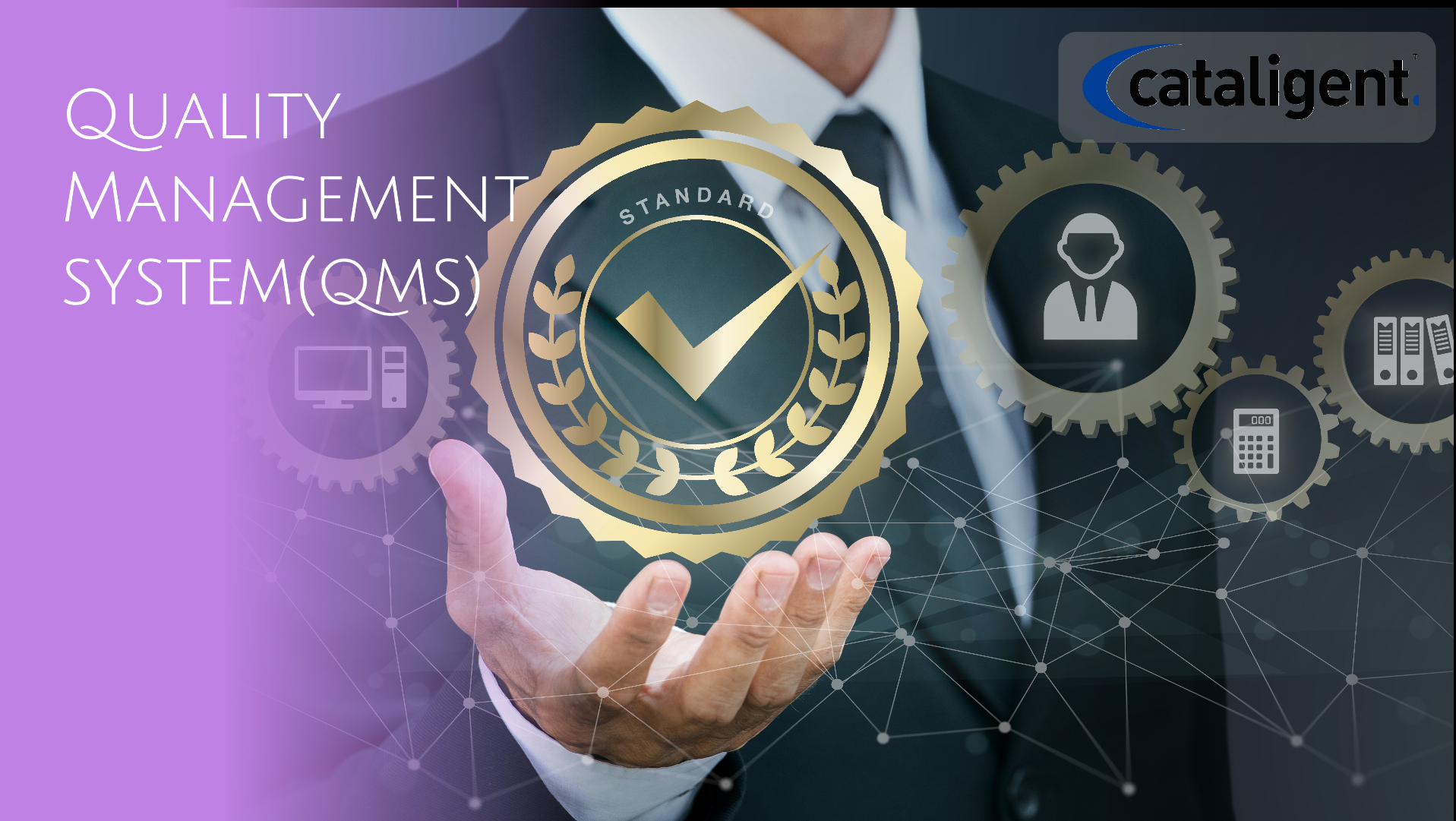To ensure a successful ISO 9001:2015 certification, we will implement a structured QMS, integrate automation for efficiency, and establish a risk-based approach to compliance.
Step 1: Gap Analysis & QMS Documentation
✅ Conduct a Gap Analysis
- Assess current processes, policies, and documentation against ISO 9001 requirements.
- Identify compliance gaps and improvement opportunities.
✅ Develop QMS Documentation (as per Clause 7.5)
- Quality Manual – Overview of your QMS structure.
- Quality Policy & Objectives – Commitment to quality & measurable goals.
- Process Maps & SOPs – Define workflows for key processes.
- Risk Register & CAPA Procedures – Identify risks and define corrective actions.
✅ Use QMS Software for Document Control
- Implement ZenQMS, ETQ Reliance, or MasterControl for:
- Version control & approval workflows.
- Automated audit trails for compliance.
Step 2: QMS Implementation & Process Automation
✅ Train Employees on ISO 9001 Compliance
- Conduct ISO 9001 training for leadership & employees.
- Develop SOP adherence guidelines to ensure compliance.
✅ Automate Key Quality Processes
- Use RPA (Automation Anywhere) to:
- Automate document approvals & audit tracking.
- Monitor quality deviations & corrective actions in real time.
✅ Implement Risk-Based Thinking & FMEA
- Conduct Failure Mode and Effects Analysis (FMEA) for process risk assessment.
- Set up Key Risk Indicators (KRIs) & real-time monitoring dashboards.
Step 3: Internal Audits & Certification Readiness
✅ Schedule & Conduct Internal Audits
- Implement a risk-based audit approach using AI-powered analytics.
- Automate audit scheduling, reporting, and CAPA tracking.
✅ Management Review & Pre-Certification Audit
- Conduct review meetings to analyze audit results & QMS performance.
- Perform a mock certification audit to identify and resolve gaps.
✅ Select an ISO 9001 Certification Body
- Engage a third-party accredited certifying agency for the final audit.
- Address any non-conformities found during the certification audit.
Step 4: Continuous Improvement & Compliance Maintenance
✅ Establish Real-Time Compliance Monitoring
- Use AI & dashboards to track quality KPIs, supplier performance, and customer complaints.
- Implement continuous process improvement strategies.
✅ Maintain ISO 9001 Certification
- Conduct regular internal audits & risk reviews.
- Stay updated with ISO 9001 amendments & regulatory changes.

